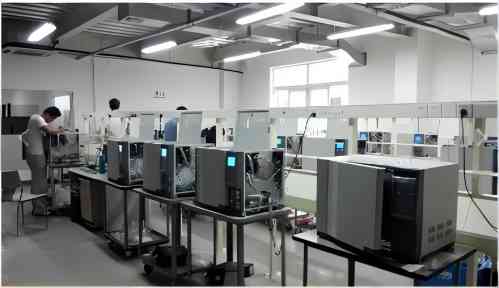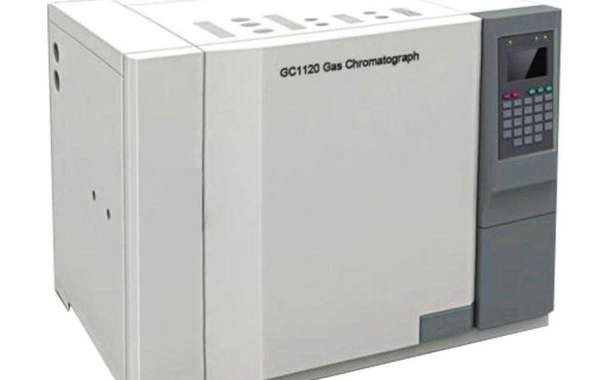Gas chromatographs find extensive applications in various industries, including petroleum, chemical, biochemistry, medicine and health, food, and environmental protection. They are instrumental in both quantitative and qualitative analysis, as well as determining physical and chemical constants of samples in the stationary phase, such as distribution coefficient, activity coefficient, molecular weight, and specific surface area. Essentially, a gas chromatograph is a device used for the analysis and detection of components in a mixed gas.

Adhere to the gas chromatograph manual guidelines
Upon receiving the instrument, it is crucial to ensure that all parts are present and accounted for, and that the instrument manual is complete. It is essential to maintain these materials properly. Before operating the instrument independently, it is imperative to thoroughly read and understand the relevant instructions, and strictly follow the prescribed regulations. This serves as a prerequisite for obtaining accurate and reliable analytical results. In the event of any issues with the instrument, it is advisable to consult with the gas chromatograph manufacturer for assistance.
Establish a standard for column testing
The performance of the chromatographic column is pivotal in guaranteeing precise analytical results. For newly acquired chromatographic columns, it is recommended to evaluate their performance using test samples. If the results are unsatisfactory despite following the test conditions provided by the column manufacturer, it is possible to request a return or exchange. Furthermore, column performance may change over time with repeated use. When doubts arise about the accuracy of analytical results, conducting a column test using a standard sample and comparing the results with previous tests can help identify whether the column is the source of the problem. This facilitates appropriate troubleshooting measures.
Utilize carrier gas of the required purity
To prevent interference with the analysis and contamination of the chromatographic column or detector, it is essential to use carrier gas of high purity grade. It is important to recognize that the cost of a chromatographic column is over 20 times greater than that of a bottle of high-purity nitrogen or hydrogen. Attempting to save costs by employing ordinary gas as a carrier gas may lead to greater losses. Ideally, the auxiliary gas used in the detector should also be of high-purity grade. While common gases can be used when sensitivity is not critical, it is important to consider the risk of detector contamination. Promptly replace column seals when necessary.
Timely replacement of graphite gaskets
Leakage of graphite gaskets is a common issue with gas chromatographs. It is crucial not to reuse the same gasket on different columns. Even when removing and reinstalling the same column, it is recommended to replace the gasket with a new one to ensure optimal efficiency. If a gas leak is detected after column installation and the sealing gasket is replaced, it may consume additional time. Even if the old gasket appears usable, it should be tightened slightly more than the original. Failure to do so may result in damage to the capillary column.
Regularly replace gas purifier packing
While the performance of color-changing silica gel can be assessed based on color changes, purifiers like molecular sieves that adsorb organic matter are not easily judged with the naked eye. Therefore, regular replacement is necessary, preferably every three months. When replacing silica gel, if molecular sieves are installed together, they should be replaced simultaneously.

Periodic replacement of injection liners
A leaking inlet gasket is a common issue in gas chromatographs. Moreover, the aging degradation of the gasket can interfere with the analysis process, potentially leading to the presence of ghost peaks caused by debris falling into the vaporization chamber. The frequency of liner replacement depends on the nature of the sample being analyzed and the analysis conditions. Typically, routine laboratories replace the injection liner once per day. In any case, a single liner should not be used continuously formore than a week.
Replace parts individually
When conducting repairs on a gas chromatograph, it is important not to replace multiple parts simultaneously, as this can complicate the identification of the root cause of the failure. It is recommended to replace one component at a time, conduct testing, and then proceed to replace the next part if necessary. This approach simplifies the process of accurately determining the cause of the failure, while also minimizing unnecessary expenses.








